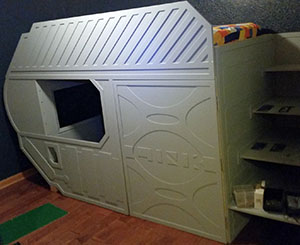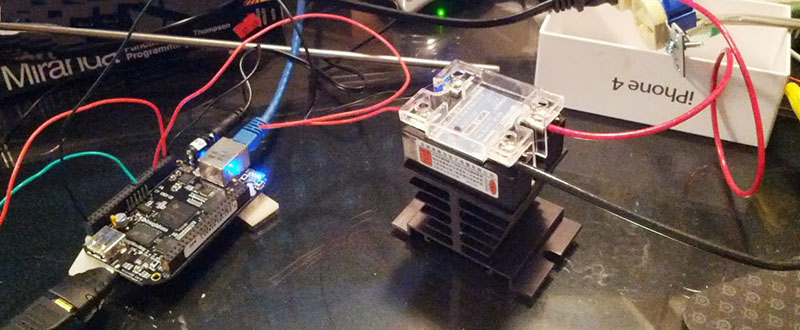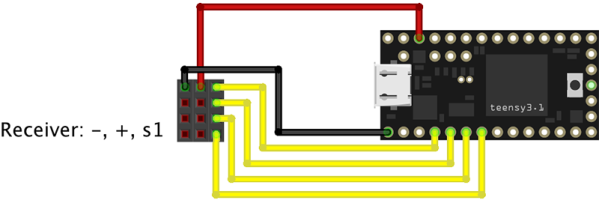There is an argument to be made that whichever hue of political buffoons ends up in Number 10 Downing Street, the White House, the Élysée Palace, or wherever the President, Prime Minister or despot lives in your country, eventually they will send the economy down the drain.
Fortunately, there is a machine for that. MONIAC is an analogue computer with water as its medium, designed to simulate a national economy for students. Invented in 1949 by the New Zealand economist [WIlliam Phillips], it is a large wooden board with a series of tanks interconnected by pipes and valves. Different sections of the economy are represented by the water tanks, and the pipes and valves model the flow of money between them. Spending is downhill gravitational water flow, while taxation is represented by a pump which returns money to the treasury at the top. It was designed to represent the British economy in the late 1940s as [Philips] was a student at the London School of Economics when he created it. Using the machine allowed students and economists for the first time to simulate the effects of real economic decisions in government, in real time.
So if you have a MONIAC, you can learn all about spectacularly mismanaging the economy, and then in a real sense flush the economy down the drain afterwards. The video below shows Cambridge University’s restored MONIAC in operation, and should explain the device’s workings in detail.
Continue reading “Retrotechtacular: MONIAC”


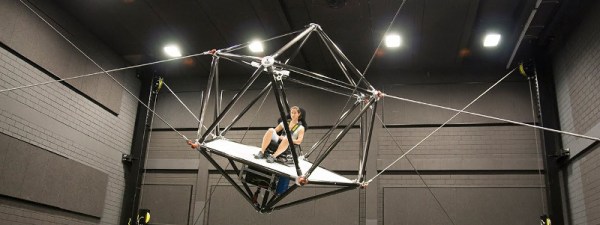


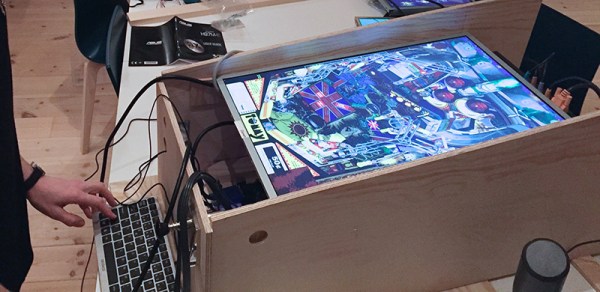

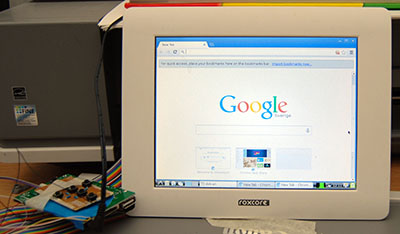 So you have a credit card sized Linux computer and a small, old LCD panel. If it doesn’t have HDMI, VGA or composite input, there’s probably no way of getting this display working, right? Nope.
So you have a credit card sized Linux computer and a small, old LCD panel. If it doesn’t have HDMI, VGA or composite input, there’s probably no way of getting this display working, right? Nope. 